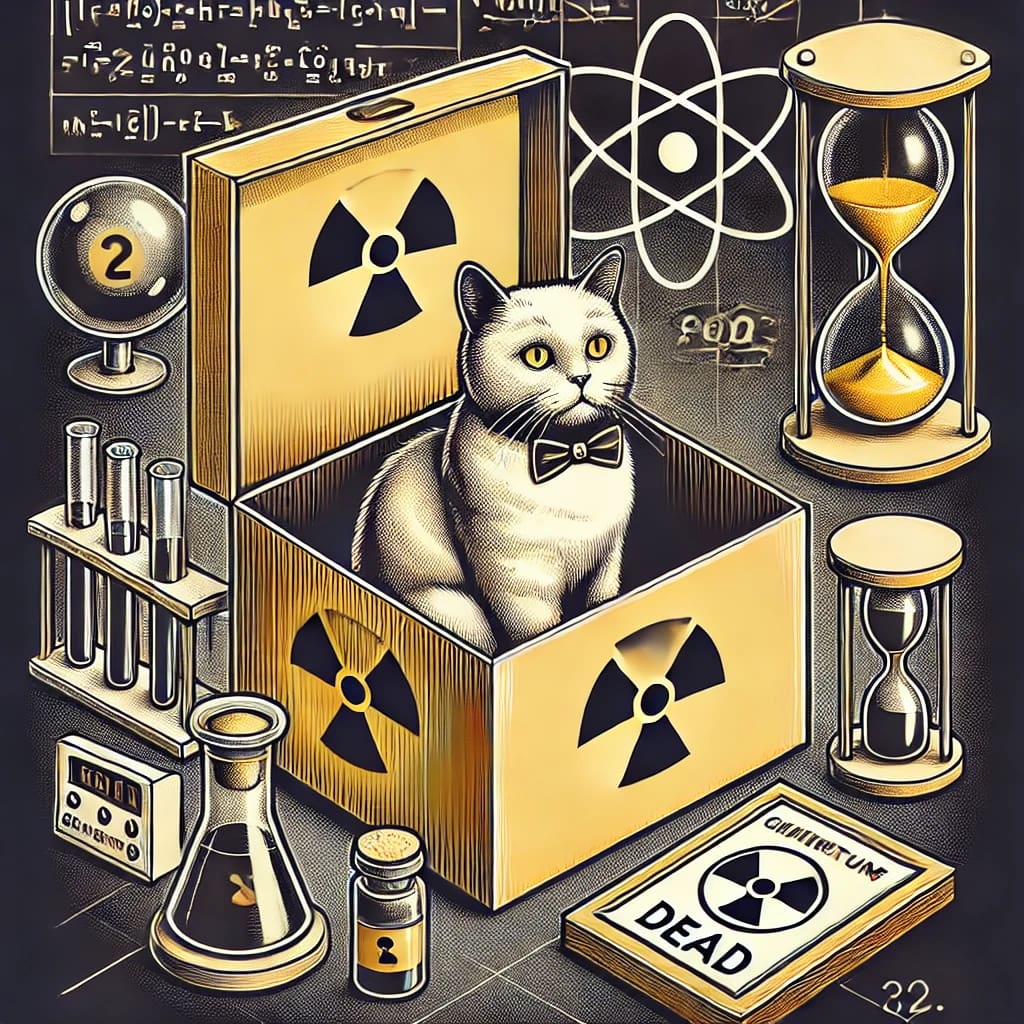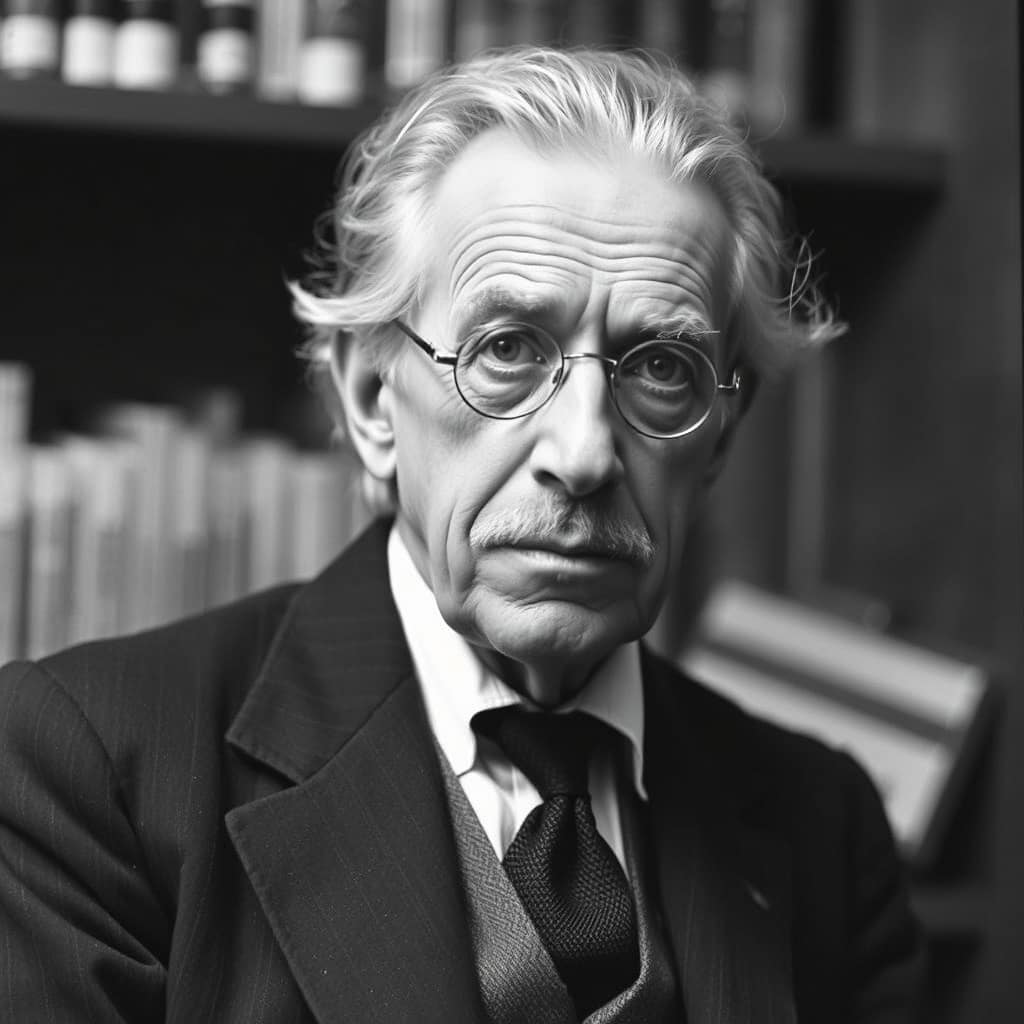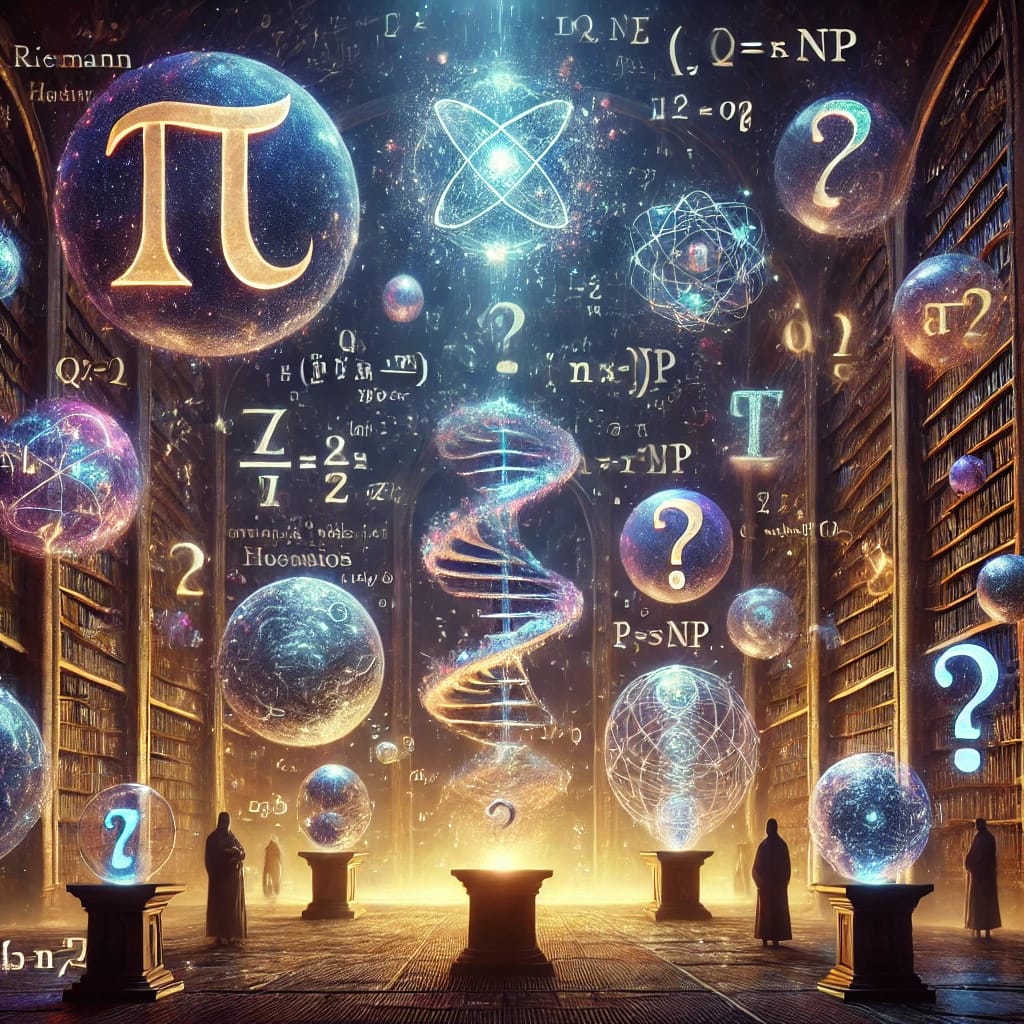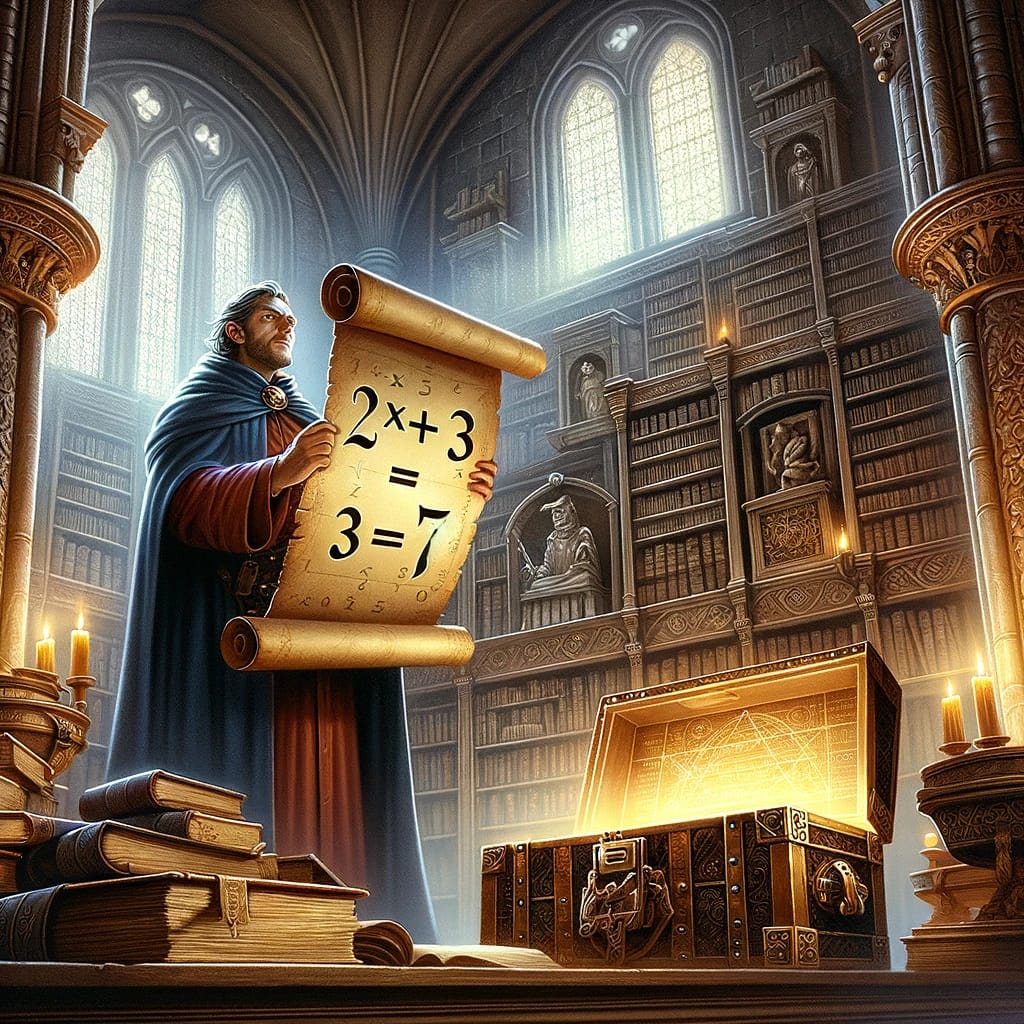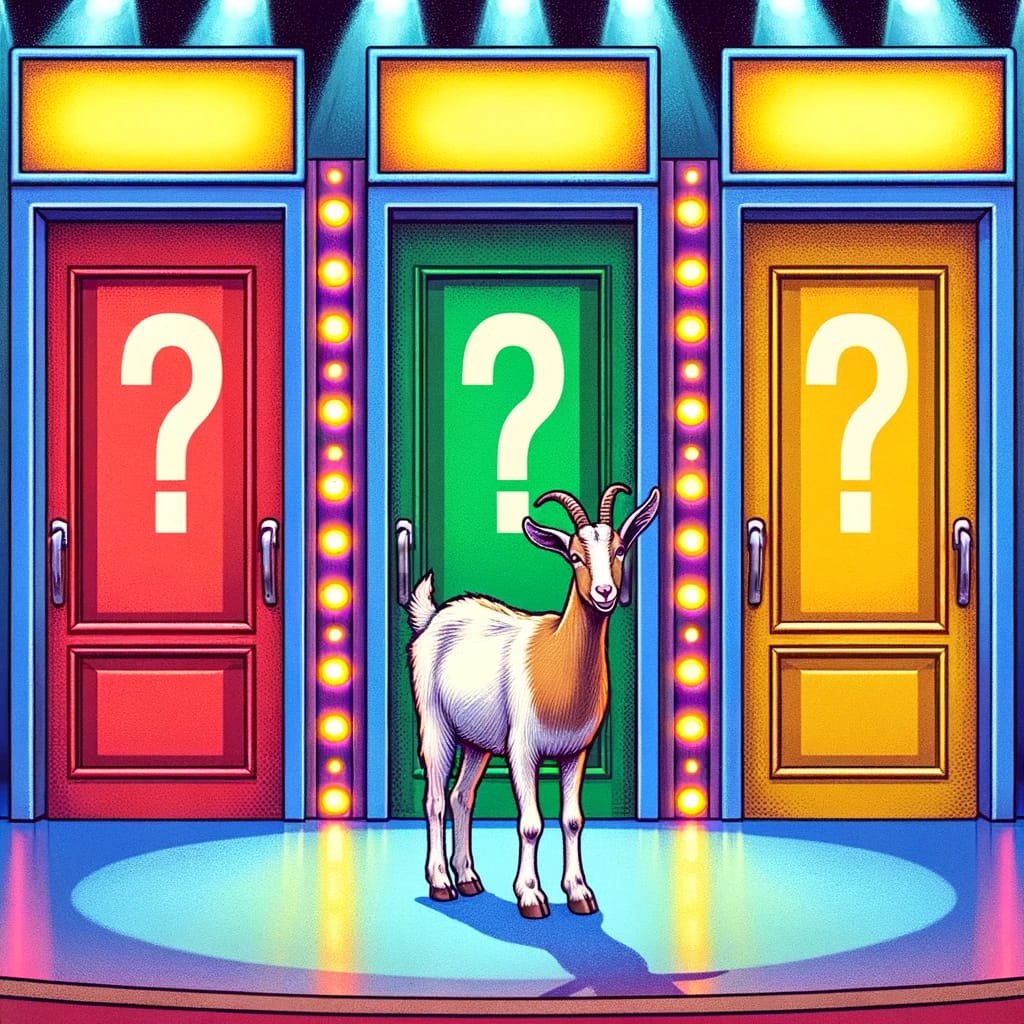
The Monty Hall Problem – A Scientific Exploration and Its Solution by Marilyn Vos Savant
The Monty Hall problem, a probability puzzle loosely based on the American television game show “Let’s Make a Deal,” has sparked widespread interest and debate within the scientific community and beyond. This paper delves into the Monty Hall problem, providing a comprehensive analysis of its theoretical underpinnings, and critically evaluates the solution proposed by Marilyn vos Savant. By dissecting the problem through the lens of probability theory and decision-making, we aim to elucidate why vos Savant’s counterintuitive solution is, in fact, mathematically sound.
Introduction
The Monty Hall problem was named after Monty Hall, the original host of “Let’s Make a Deal.” The problem presents a game scenario where a contestant is shown three doors: behind one door is a car (a prize), and behind the other two doors are goats (consolation prizes). The contestant selects one door, after which Monty, who knows what is behind each door, opens one of the remaining two doors to reveal a goat. The contestant is then given the option to stick with their original choice or switch to the other unopened door. The puzzle asks: Is it in the contestant’s best interest to switch doors?
Problem Statement and Solution
Marilyn vos Savant, who was once listed in the Guinness Book of World Records for the highest recorded IQ, addressed this problem in her column in “Parade” magazine. Contrary to intuition, vos Savant argued that the contestant should always switch doors. The solution she provided rests on the principles of conditional probability.
Mathematical Analysis
The probability of winning the car by sticking with the original choice is 1/3, as the contestant picks one out of three doors. When Monty opens a door revealing a goat, he provides additional information that reshapes the probability landscape. Given Monty’s action, the probability of the car being behind the originally chosen door remains 1/3, but the probability of the car being behind the other unopened door rises to 2/3, since the two probabilities must sum to 1. Therefore, switching doors doubles the contestant’s chances of winning the car.
Scientific Explanation
The difficulty in intuitively grasping vos Savant’s solution arises from a misunderstanding of conditional probability and the impact of Monty’s action on the distribution of probabilities. Monty’s action is not random; it is conditioned on the player’s initial choice and what lies behind each door. This non-random behavior skews the probabilities in favor of switching.
Conclusion
Marilyn vos Savant’s solution to the Monty Hall problem is a testament to the counterintuitive nature of probability theory. Despite initial skepticism and widespread controversy, her solution has been validated through both theoretical analysis and empirical simulation. The Monty Hall problem serves as a compelling example of how human intuition can often be misleading in the face of probabilistic reasoning. Through a scientific examination of the problem and its solution, this paper affirms the correctness of vos Savant’s argument and underscores the importance of mathematical literacy in understanding and solving complex problems.
References
- vos Savant, M. (1990). “Ask Marilyn” column, Parade Magazine.
- Gill, J. (2002). “The Monty Hall Problem is Not a Probability Puzzle (It’s a Challenge in Mathematical Modelling).” Chance, 15(3), 5-7.
- Rosenhouse, J. (2009). The Monty Hall Problem: The Remarkable Story of Math’s Most Contentious Brain Teaser. Oxford University Press.
This scientific text integrates the core aspects of the Monty Hall problem and Marilyn vos Savant’s solution within a structured academic framework, aiming to provide clarity and insight into one of the most intriguing puzzles in the field of probability theory.
❤️?
If we solve the problem with closed doors and exclude the goats … what would be the best choices
If we’re tweaking the Monty Hall problem to have all doors closed initially and excluding the visual of goats (or any prize reveals until the final choice), the core logic of the problem and the strategic advantage of switching choices remain the same. Here’s a simplified breakdown:
- Initial Setup: You’re presented with three closed doors. Behind one door is a car (the prize you want), and behind the other two doors, instead of goats, let’s say there are just empty spaces (since we’re excluding goats from this version).
- Your Choice: You choose one of the three doors, say Door 1. The chance of the car being behind this door is 1/3, and the chance of it being behind one of the other two doors (Door 2 or Door 3) is 2/3.
- Monty’s Action: Here’s where Monty Hall comes into play. He knows where the car is and opens one of the two doors you didn’t pick, always choosing one with an empty space behind it. Since in this version we’re not visualizing the goats, let’s just know he’s eliminating a non-prize option, which leaves two doors: the one you initially chose and another closed door.
- The Decision: Now, you’re given the choice to stick with your original door or switch to the other remaining closed door. The intuitive trap is to think the odds are now 50/50, but the truth is, switching doors gives you a 2/3 chance of winning the car, while sticking with your initial choice keeps the odds at 1/3.
This is because your initial choice had a 1/3 chance of being correct. When Monty opens a door showing it’s not the prize door (keeping in mind we’re just theoretically removing a wrong choice without visually showing goats), he doesn’t change the probabilities of the initial setup but does indicate that switching to the other unopened door capitalizes on the combined probability (2/3) of the two doors you didn’t initially pick.
Why Switching Is Better:
- Before any doors are opened, the door you chose has a 1/3 chance of hiding the car, and the other two doors together have a 2/3 chance.
- After one door is shown to be empty (excluding the visual of goats), nothing about the initial probabilities has changed. The door you chose still has a 1/3 chance. The other door (not the one Monty revealed to be empty but the one still closed) now embodies the entire 2/3 chance, because if the car wasn’t behind your first choice (and there was a 2/3 chance it wasn’t), it must be behind the other closed door.
So, in a scenario with all closed doors and no goats visibly involved, the mathematically optimal strategy remains to switch your choice after Monty reveals (or, in this case, theoretically indicates) a door that doesn’t have the prize.
Imagine you open by chance the winning door … let us explain the probability
If we adjust the scenario so that, by chance, you initially choose the winning door (the one with the car behind it), let’s explore the probabilities and what happens next in the context of the Monty Hall problem:
- Initial Choice Probability: When you make your initial choice among the three doors, the probability of picking the door with the car behind it is 1/3, and the probability of picking a door without the car (let’s continue excluding goats for simplicity) is 2/3.
- Monty’s Action: After you’ve chosen one of the doors, Monty will open one of the remaining two doors, always revealing an empty space (since we’re not showing goats). Monty will never open the door you’ve chosen, and he will never reveal the car. If you’ve chosen the car (with a 1/3 probability), Monty has two doors he can choose to open, both of which do not have the car.
- The Impact of Your Initial Win on the Game: If you’ve initially chosen the door with the car behind it, Monty’s action of opening one of the other two doors to show it’s empty doesn’t change the fact that you’ve already chosen the winning door. However, you’re unaware of this, and the game proceeds as if you’re still in the dark.
- To Switch or Not to Switch?: Given you’ve initially chosen the winning door:
- If you stay with your initial choice, you will win the car. Your probability of winning, in this case, remains at 1/3, because that was the probability when you made your initial choice.
- If you switch after Monty opens a door to reveal an empty space, you will lose, because the car was behind your initial choice. In this scenario, switching moves you from the winning door to a losing door.
So, in the unique situation where you initially pick the winning door, sticking with your initial choice is the winning move. However, without the knowledge of whether you’ve chosen correctly, the statistical advantage across many games still favors switching, as it leverages the 2/3 probability of the car being behind one of the doors you didn’t choose initially.
This counterintuitive result—where the best strategy seems to defy common intuition—is what makes the Monty Hall problem so fascinating and widely discussed in the context of probability and decision-making.
The Monty Hall problem is a classic example that beautifully demonstrates how our intuitions about probability can sometimes lead us astray.
I hope you found the exploration helpful
If you have any more questions, whether they’re about probability puzzles, other mathematical conundrums, or anything else under the sun, feel free to ask.
Happy to help you delve into more topics!
-
Future of chatGPT?
-
Schrödinger’s cat
-
Erwin Schrödinger
-
Famous unsolved problems in mathematics
Make your own inventive corner
Ready to start your own website and share your passion with the world? Join me and unlock step-by-step training to build your online presence just like I did! Take benefit of Black Friday!


